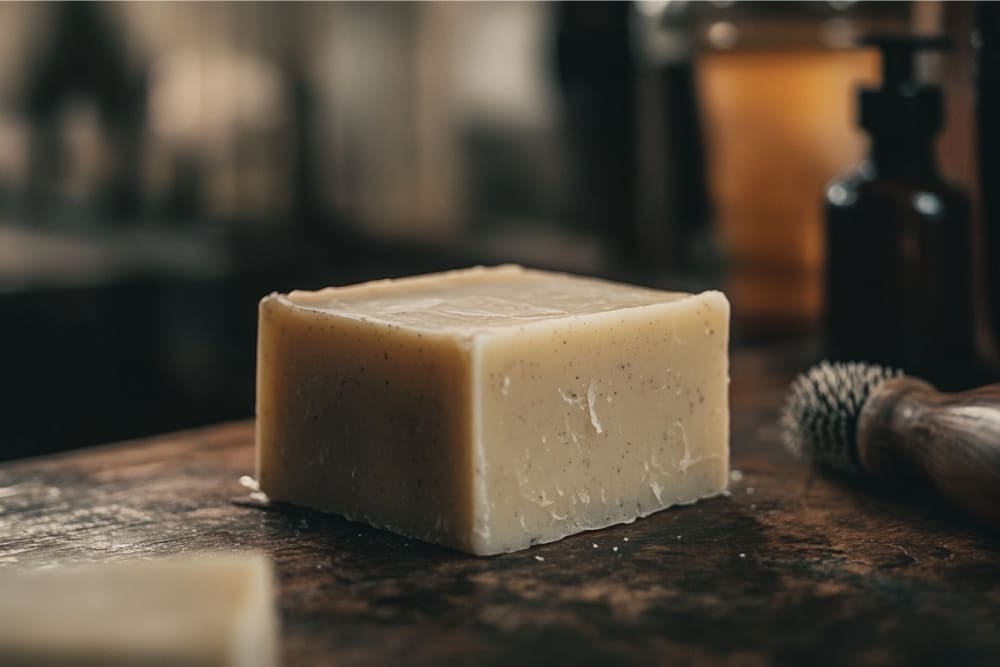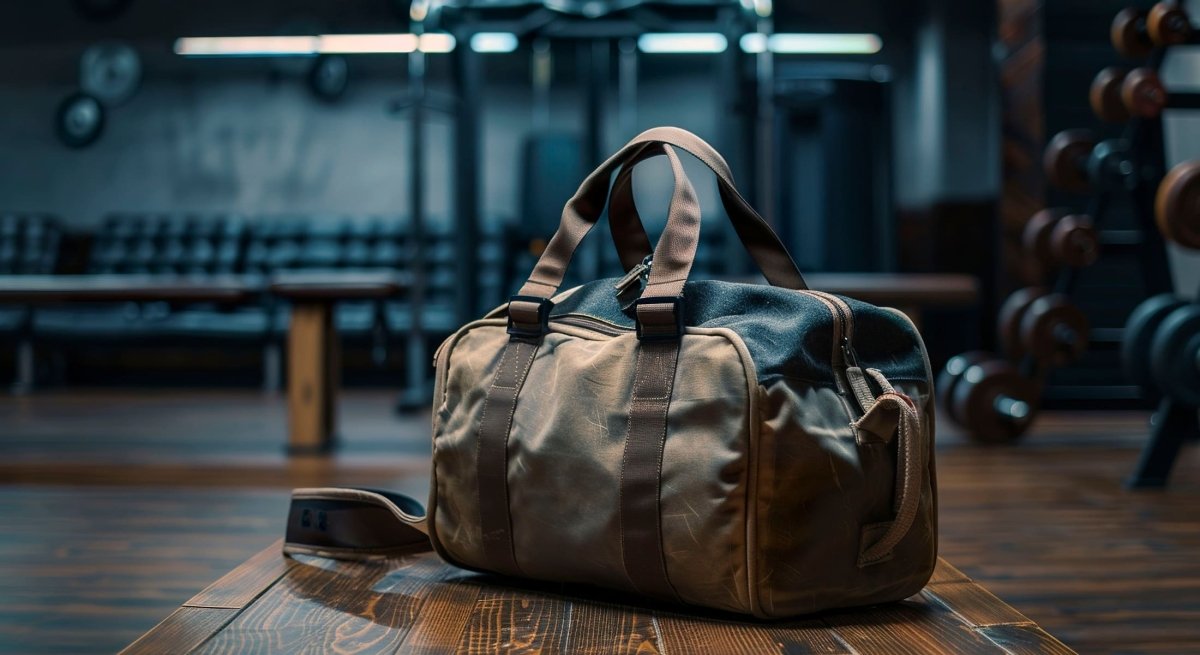Tired of razor burn and lackluster shaves? Learning how to use shaving soap can revolutionize your daily routine, delivering a closer, smoother, and more enjoyable shave.
From selecting the right tools to creating a rich lather and avoiding common pitfalls, this guide will help you master traditional wet shaving and achieve an exceptional shave.
What is Shaving Soap?
Shaving soap, a time-honored grooming essential, has been used for centuries to achieve a smooth, comfortable shave. But what sets it apart from other shaving products, and why should you consider making the switch?

A Brief History:
Dating back to the 14th century, shaving soap is one of the oldest shaving aids still in use. Historically, men discovered how to use shaving soap with a brush to create a rich lather—a method still favored by wet shaving enthusiasts today.
Shaving Soap vs. Shaving Cream:
While both aim to provide a smooth shave, there are key differences between shaving soap and shaving cream:
- Consistency: Shaving soap is typically a hard puck or bar, requiring a brush to create a lather. Shaving cream, on the other hand, is softer and can be lathered by hand.
- Lather Quality: Shaving soap often produces a denser, richer, and more stable lather, offering superior protection and glide for the razor.
- Longevity: A single puck of shaving soap can last for months, making it a more economical choice compared to shaving cream.
The Benefits of Shaving Soap:
Choosing shaving soap offers several advantages:
- Luxurious Lather: Shaving soap creates a thick, creamy lather that cushions the skin, allowing the razor to glide effortlessly.
- Enhanced Skin Protection: This rich lather forms a protective barrier, minimizing the risk of nicks, cuts, and irritation.
- Natural Ingredients: Many shaving soaps are formulated with natural ingredients like glycerin known for its moisturizing properties, shea butter, and essential oils, which nourish and moisturize the skin.
- Cost-Effectiveness: As mentioned, a single puck of shaving soap lasts significantly longer than a can of shaving cream, providing excellent value.
- A Traditional Experience: Using a shaving brush and soap offers a classic, enjoyable ritual that many find relaxing and satisfying.
Embrace the rich lather and superior skin protection that shaving soap provides, and elevate your daily grooming routine.
Essential Tools for Using Shaving Soap
To get the most out of your shaving soap and achieve a truly exceptional shave, you’ll need a few key tools. These essentials work together to create a rich lather and ensure a smooth, comfortable experience.

The Shaving Brush:
A quality shaving brush is crucial for creating a thick, luxurious lather. It also helps to lift and soften facial hair, preparing it for the razor. Brushes come in various types:
- Boar Hair: Affordable and readily available, boar brushes offer good exfoliation but can be stiffer initially.
- Badger Hair: Known for their softness and excellent water retention, badger brushes create a rich lather with ease. They are generally more expensive than boar brushes.
- Synthetic: A great vegan-friendly option, synthetic brushes dry quickly and are often more affordable than high-quality badger brushes. They offer a good balance of softness and performance.
- Horsehair: Less common, horsehair brushes offer a unique feel and lathering experience.
The Shaving Bowl or Mug:
While not strictly essential, a shaving bowl or mug makes lathering much easier. It provides a dedicated space to work up a rich lather and prevents mess. Look for a bowl or mug that is wide enough to allow your brush to move freely in circular motions. Materials like ceramic, stainless steel, and plastic are all suitable.
The Razor:
The razor is, of course, the most important tool for removing hair. There are several types to choose from:
- Safety Razor: Offers a close, comfortable shave with minimal irritation when used correctly. They are also a more sustainable and cost-effective option in the long run.
- Cartridge Razor: Convenient and easy to use, cartridge razors are a popular choice. However, they can sometimes cause more irritation, especially for those with sensitive skin.
- Straight Razor: Provides the closest shave possible but requires a significant amount of skill and practice to use safely.
Using these essential tools in conjunction with your shaving soap will transform your shaving routine, providing a smooth, enjoyable, and truly luxurious experience.
How to Use Shaving Soap: A Step-by-Step Guide
Ready to experience the benefits of a classic wet shave? This step-by-step guide will detail how to use shaving soap for the best results and achieve a smooth, comfortable shave:
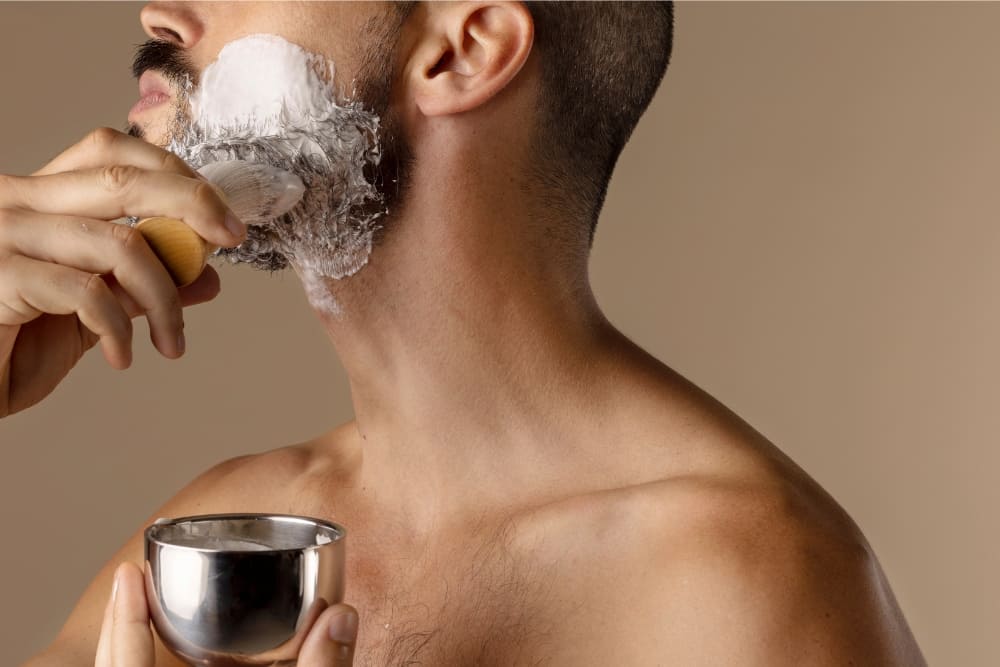
Prepare Your Brush:
Soak your shaving brush in lukewarm water for a couple of minutes to soften the bristles. After soaking, gently shake off the excess water, leaving the brush damp.
Load the Brush and Build the Lather:
Swirl the damp brush on the shaving soap in a circular motion for 20-30 seconds, loading the bristles with soap. If the brush feels dry, add a few drops of water and continue swirling. You can then build the lather either in a bowl or directly on your face.
- Bowl Lathering: Add a few drops of water to the bowl and whip the loaded brush in circular motions until a rich, creamy lather forms. The lather should have a yogurt-like consistency.
- Face Lathering: Apply the loaded brush directly to your face, using gentle circular motions to build the lather on your skin. This method also provides gentle exfoliation.
Apply the Lather:
Using circular motions, apply the lather evenly across all areas to be shaved. Ensure a thick, even layer covers your skin, lifting the hairs and preparing them for the razor.
Shave:
Shave with the grain (in the direction of hair growth) to minimize irritation and razor burn. Use short, gentle strokes, rinsing the razor frequently to remove soap and hair. If needed, reapply lather and shave against the grain for an even closer finish.
Post-Shave Care:
- Brush Care: Rinse your shaving brush thoroughly under warm water to remove all soap residue. Shake off excess water and store the brush upside down in a stand to dry completely. This prevents mildew and prolongs the brush’s life.
- Skin Care: Rinse your face with cold water to close the pores and soothe the skin. Apply an alcohol-free aftershave balm or moisturizer to hydrate and protect your skin.
By following these steps, you’ll be well on your way to mastering the art of wet shaving and enjoying a superior shaving experience.
Common Mistakes to Avoid
One of the most important aspects of how to use shaving soap is avoiding common mistakes that can lead to irritation and a poor shave. Here are some pitfalls to avoid:
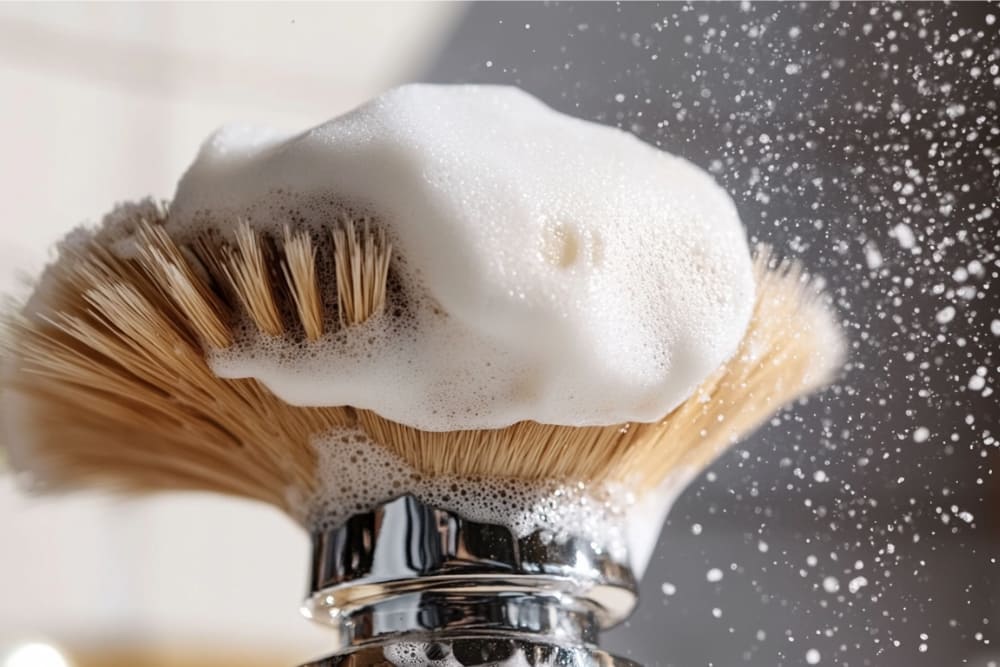
Incorrect Soap Loading:
- Overloading: Using too much soap can clog the brush bristles, making it difficult to create a smooth lather and wasting product.
- Underloading: Using too little soap results in a thin, watery lather that doesn’t provide adequate protection, leading to irritation and an ineffective shave.
The Solution: Aim for a balance. Swirl the damp brush on the soap for about 20-30 seconds. If unsure, start with less and add more as needed. The lather should be thick and creamy, not thin and runny or dry and pasty.
Incorrect Water Usage:
- Too Much Water: Excess water makes the lather too runny, preventing it from forming a protective barrier and diluting the soap’s effectiveness.
- Too Little Water: Insufficient water creates a dry, pasty lather that doesn’t spread easily or provide enough lubrication, resulting in a rough, uncomfortable shave.
The Solution: Start with a damp brush and add water gradually while lathering. Whip the brush in your bowl or on your face, adding drops of water until you achieve a thick, creamy, yogurt-like consistency.
Incorrect Brush Technique:
- Improper Techniques: Using a back-and-forth motion can damage the brush bristles and doesn’t create an effective lather. Applying too much pressure can also deform the brush and cause premature wear.
The Solution: Use gentle circular motions to whip the soap into a rich lather. This technique aerates the soap and creates a thick, cushioning lather. Apply light pressure to avoid damaging the brush and ensure even lather distribution.
By avoiding these common mistakes, you’ll maximize the benefits of your shaving soap and enjoy a superior shave. Mastering wet shaving takes practice, so be patient and pay attention to the lather you create.
Tips and Tricks for a Superior Shave
Achieving the perfect shave involves more than just technique; it’s about tailoring your routine to your individual needs. Here are some tips and tricks to elevate your shaving experience:
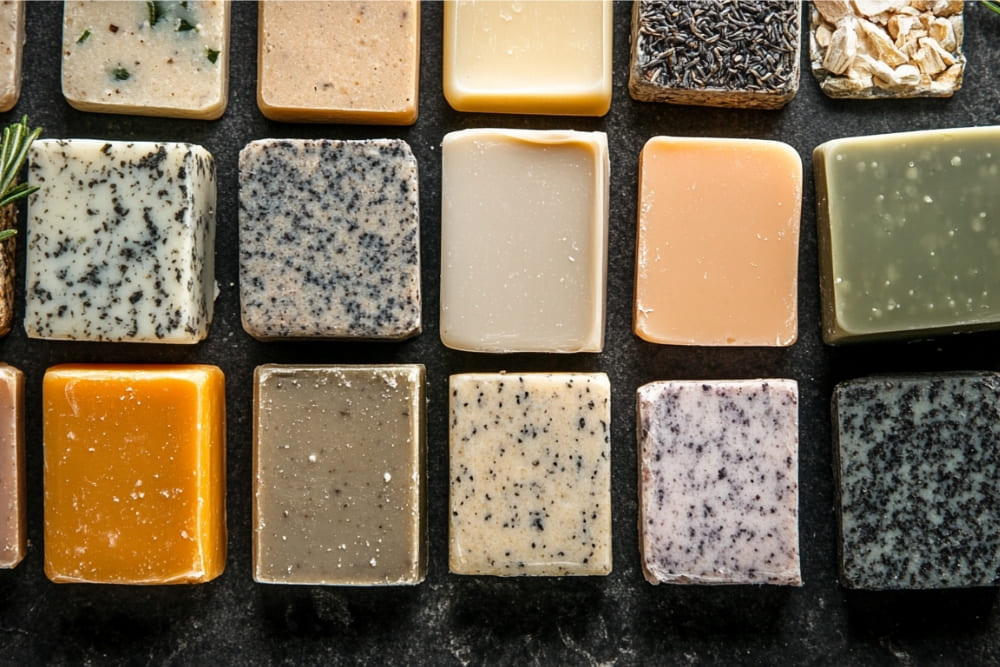
Choosing the Right Shaving Soap:
Selecting the right shaving soap is crucial for a comfortable and effective shave. Consider the following:
Ingredients: Opt for natural, skin-friendly ingredients and avoid synthetic additives, harsh chemicals, and strong fragrances, especially if you have sensitive skin.
Lather Quality: Look for a soap that produces a rich, creamy lather. This ensures a smooth glide and protects your skin.
Skin Type Compatibility:
- Sensitive Skin: Choose soaps with soothing ingredients like aloe vera, chamomile, or oatmeal.
- Dry Skin: Look for moisturizing ingredients like shea butter, glycerin, or coconut oil.
- Oily Skin: Opt for soaps with astringent properties like tea tree oil or witch hazel.
- Combination Skin: Choose a soap with a balance of moisturizing and astringent properties, such as those containing jojoba oil.
Additional Tips for a Luxurious Shave:
- Pre-Shave Preparation: Apply a pre-shave oil to soften the beard and prepare your skin for shaving. This can significantly improve the smoothness of your shave.
- Hot Towel Treatment: Applying a hot towel to your face for a few minutes before shaving opens pores and softens the hair, making shaving easier and more comfortable.
- Shaving Technique: Remember to shave with the grain using short, gentle strokes. This minimizes irritation and ingrown hairs.
- Post-Shave Routine: Rinse your face with cold water to close the pores. Follow up with an alcohol-free aftershave balm or moisturizer to soothe and hydrate your skin.
- Brush Care: Rinse your shaving brush thoroughly after each use and allow it to dry completely upside down in a stand. This prolongs its lifespan and ensures optimal lathering performance.
By incorporating these tips into your routine, you can personalize your shaving experience and achieve consistently excellent results.
Frequently Asked Questions (FAQs)
Many beginners have questions about how to use shaving soap, so we’ve compiled some of the most frequently asked questions:
How do I use shaving soap?
The process is straightforward:
- Soak your shaving brush in lukewarm water to soften the bristles.
- Swirl the damp brush on the soap for 20-30 seconds to load it.
- Lather in a bowl or directly on your face using circular motions until a rich, creamy lather forms.
- Apply the lather evenly to your face.
- Shave with the grain using short, gentle strokes.
- Rinse your face and brush thoroughly, and apply aftershave.
Can I use shaving soap without a brush?
While a brush is recommended for the best lather, you can lather with your hands by rubbing the wet soap between them and applying the resulting lather to your face. This method won’t produce as thick a lather but can work in a pinch. You can also try using a sponge or soft cloth.
Does shaving soap need to dry?
Yes, allowing your shaving soap to dry between uses is essential to prevent mold and bacteria growth and extend the soap’s lifespan. After use, leave the soap uncovered in a well-ventilated area until completely dry.
Do I need a shaving bowl?
A shaving bowl isn’t strictly necessary but can enhance your lathering experience. It provides a dedicated space to create a rich lather and minimizes mess. You can also lather directly on your face or even in your hands.
Conclusion: How to Use Shaving Soap: Your Guide to a Perfect Shave
With these practical questions answered, you’re well on your way to mastering the art of wet shaving. Mastering how to use shaving soap can truly transform your daily shaving routine into a luxurious experience. By understanding the essential tools, following the step-by-step guide, avoiding common mistakes, and applying helpful tips, you can achieve a smooth, comfortable shave every time.
Key Takeaways:
- Essential Tools: Invest in a good shaving brush, a quality shaving bowl or mug, and a reliable razor.
- Step-by-Step Guide: From preparing your brush to post-shave care, each step is crucial for a superior shave.
- Common Mistakes: Avoid overloading or underloading the brush, using incorrect water ratios, and improper brush technique.
- Tips and Tricks: Tailor your shaving routine to your skin type, choose the right shaving soap, and enhance your experience with pre-shave and post-shave care.
Learning how to lather shaving soap and how to use shaving soap effectively might take some practice, but the results are well worth the effort. Enjoy the process, experiment with different products, and find what works best for you. By learning how to use shaving soap correctly, you can transform a daily chore into a relaxing ritual, achieving a smoother, more comfortable shave.

